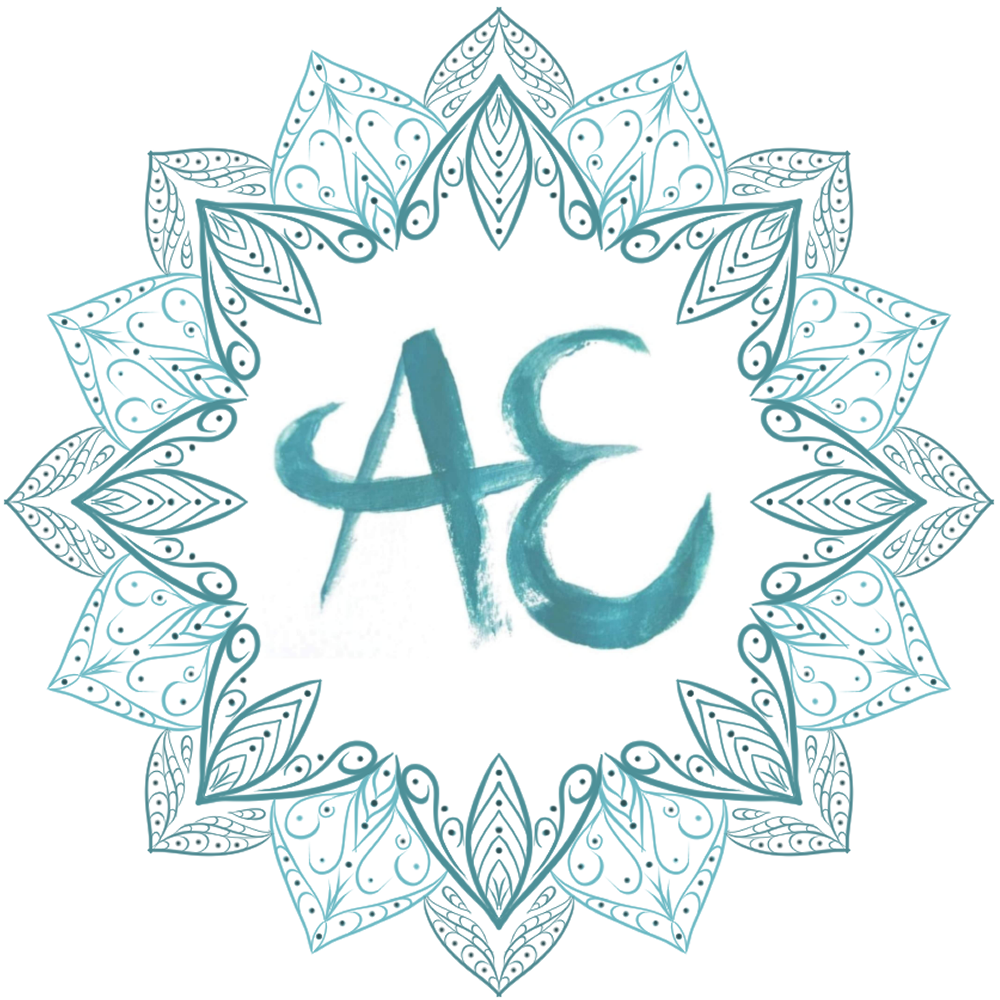Moving. Running. Jumping. Yoga. Climbing the stairs. Rolling. Stretching. Contracting. Breathing. Typing. Balancing. Digesting.
Thank your musculoskeletal system.
Here we are going to discuss the muscular and the skeletal system as a pair. Why? Because they work as a pair all the time. Not only does the musculoskeletal system provide the body with movement, it provides support, form and stability.
Your skeletal system: gives structure and allows movement, provides attachments for the muscles, develops blood cells, provides protection for organs and is a mineral reservoir.
Your muscular system: gives movement to the skeleton, maintains posture and generates heat.
We could do into a whole anatomy and physiology class but that’s a bit much. Here are the basics.
The skeleton is separated into the axial skeleton (central bits such as the spine) and appendicular skeleton (limby bits such as the arm and leg bones). There are long bones (leg bones), short bones (carpels in the wrist), flat bones (skull bones), sesamoid bones (kneecap) and irregular bones (vertebrae).
There is compact bone (hard bone) and cancellous bone (spongey bone). Within the hollow centre of the bone there is bone marrow which is soft and jelly-like; red blood cells are produced here.
Joints are classified as immovable (like the skull bones), slightly moveable due to cartilage (like the vertebrae) and freely moveable (like the ball and socket joint of the shoulder, the hinge joint of the knee and the pivot joint of the upper neck).
The bridge between the skeletal and muscular systems are ligaments and tendons. Ligaments link the bones together, while allowing movement. They withstand tensions and give the joint stability. Remember the connection of ligaments is bone to bone. Tendons, however, connect muscle to bone. As a muscle contracts it will pull on the tendon which then pulls on the bone, this is what we call functional movement.
Muscles respond to stimulus, they change their shape, they can be stretched but also return to their normal length. Muscles are utilised for strength, speed, endurance and tone. For the muscles to move, it must be told to by the central nervous system. Each individual muscle fibre is supplied by a nerve!
There are different types of muscle. Cardiac muscle, you got it, is found only in the heart. Its controlled by the autonomic nervous system (see the nervous system post). Smooth muscle is particularly good at connecting with nerves at the bar. Dad joke over, this muscle is also controlled by the autonomic nervous system and is found in the uterus, stomach, bladder, intestines etc. Skeletal muscle is controlled by the somatic nervous system. These are the muscles that are used in the movement we know about.
Movement Is Most Extraordinary…
Giulia Enders who wrote the book ‘Gut’ says ‘Movement is the most extraordinary thing ever developed by living creatures. There is no other reason for having muscles, no other reason for having nerves in those muscles, and probably no other reason for having a brain. Everything that has ever been done in the history of humankind has only been possible because we can move’ (page 115). An example of where this is true, the sea squirt (a little sea creature) starts off as a tadpole like thing. Once it finds a place to anchor itself to, it dissolves or digests its own brain. No longer does it need to move!
When you go for any treatment involving manual manipulation of the body e.g. osteopathy and massage, the therapist will look at your posture (the result of a combination your muscles and bones). A common issue is the rolling inwards of the shoulders. Thanks a lot rubbish work desk and chair.
When you go for a massage, the therapist typically moves their hands in the direction that the muscle fibres run to create more length. Working the muscle is important to increase heat and encourage blood to circulate where it may have retreated from (e.g. inside knots). Massage may help enhance range of motion (client reviews found this to be true), enhance posture, facilitate movement, help manage muscular pain, help warm up or cool down the body and release muscular tensions. While some sources say that massage can help with muscular and skeletal injuries or issues, an assessment would be needed to see if the client is contra-indicated.
Some essential oils are also great for reducing pain, cramps, stiffness, spasms, weakness, dystrophy or tension in muscles. There are several crystals that can be used for muscle cramps, toning, spasms, strengthening and soreness.
So, there you go, a very quick tour of both systems, how they work together and how movement is the most extraordinary thing ever.
Enders, G. (2016) Gut. Scribe: London


